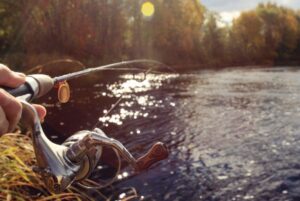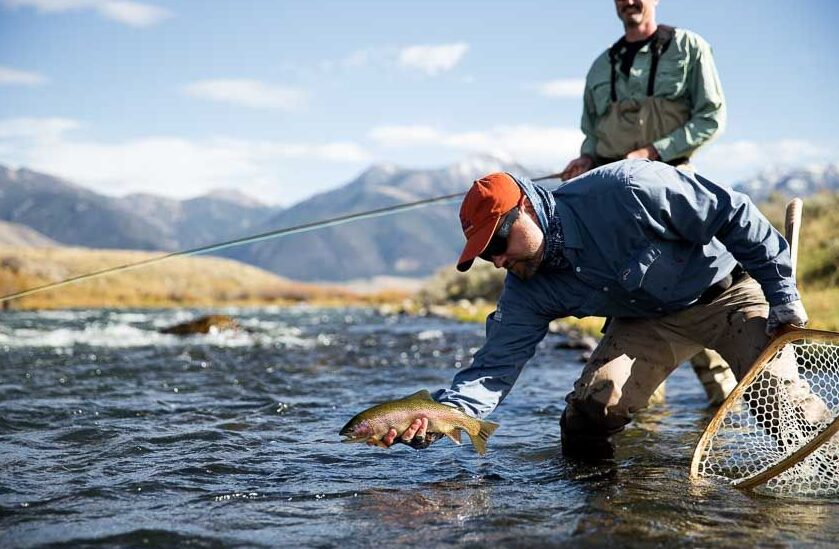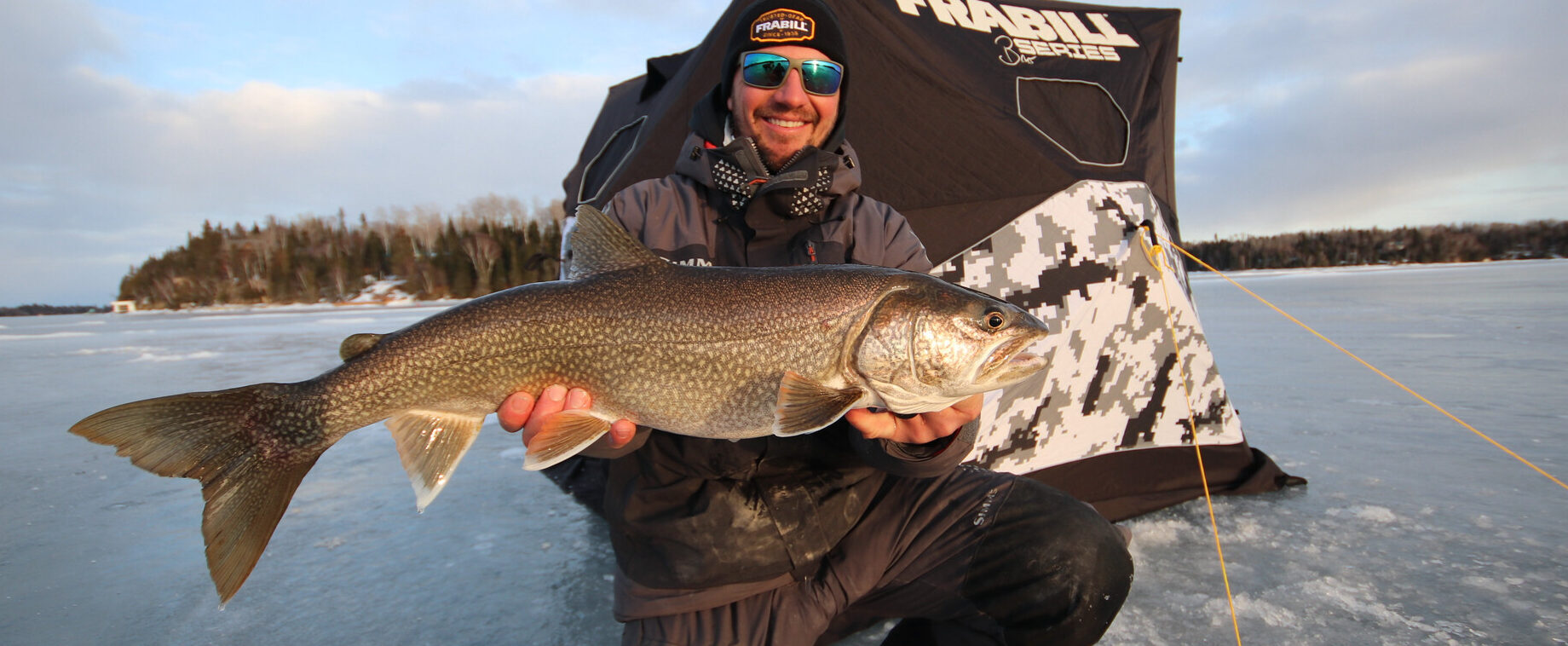Exploring lesser-known fishing locations can be a rewarding experience for anglers. These hidden gems offer a unique opportunity to connect with nature and discover new fishing spots that may be less crowded than popular destinations.
From the breathtaking scenery of the Green River to the trophy-sized fish found in Pyramid Lake, each location has its own charm and surprises waiting to be discovered. By venturing out to these lesser-known fishing spots, anglers can expand their horizons and challenge themselves to catch new and exciting species of fish.
Discovering new fishing locations can also have benefits beyond just catching fish. It allows anglers to connect with nature and appreciate the beauty of the outdoors. Furthermore, finding hidden gems can provide a sense of adventure and accomplishment, as anglers explore new territories and uncover unexpected treasures. However, it is important to remember to practice sustainable fishing practices to ensure that these hidden gems remain healthy and abundant for future generations. By following sustainable fishing practices, anglers can help protect the environment, conserve wildlife, and promote responsible fishing practices.
In conclusion, exploring lesser-known fishing locations can be a rewarding and exciting experience for anglers. It offers a chance to discover new fishing spots, connect with nature, and challenge oneself to catch new and exciting species of fish. However, it is important to remember to practice sustainable fishing practices to ensure that these hidden gems remain healthy and abundant for future generations. By doing so, anglers can help protect the environment, conserve wildlife, and promote responsible fishing practices.
Hidden fishing locations in freshwater bodies
When it comes to freshwater fishing, there are many hidden gems waiting to be discovered. Remote lakes and streams, for example, can offer some of the most rewarding fishing experiences. Beaver Island, located in Lake Michigan, is a prime destination for smallmouth bass anglers seeking a secluded and isolated fishing spot. The Bighorn River, which flows from Wyoming into Montana, is another lesser-known location that offers excellent fly fishing opportunities. These hidden gems often require a bit of hiking or backpacking to access, but the effort is well worth it for the chance to catch some surprising fish.
Backcountry rivers are another type of hidden fishing location that can provide some of the best catches. In Nebraska, the Niobrara River, Long Pine Creek, and Verdigre Creek are all great options for anglers looking to escape the crowds and fish in a peaceful setting. In California, Don Pedro Reservoir is a lesser-known spot that is known for producing large bass. Meanwhile, Vallecito Creek, Florida River, and Williams Creek are some of the hidden gems around Durango, Colorado that offer excellent fishing opportunities. These backcountry rivers and streams may require some hiking or off-road driving to access, but the solitude and excellent fishing make it worth the effort.
Small ponds and reservoirs can also be surprising fishing locations that are often overlooked. Fish Lake in Utah, for example, is a well-known destination for trophy lake trout, but it also offers opportunities to catch other species such as rainbow trout and yellow perch. Meanwhile, the urban ponds in San Diego may not seem like ideal fishing spots, but they are home to a surprising number of fish, including catfish and carp. Abandoned quarries, flooded timber, and reservoir tailwaters are other lesser-known spots that can offer excellent crappie fishing. These small ponds and reservoirs may not be as well-known as larger bodies of water, but they can provide some of the most surprising catches for adventurous anglers.
Hidden fishing locations in saltwater bodies
When it comes to saltwater fishing, there are plenty of hidden gems waiting to be discovered. Unexplored beaches and coves are often overlooked but can offer surprising catches. These secluded locations provide a peaceful and serene fishing experience, away from the crowds and noise of more popular spots. For example, Teddy’s Beach, Napatree Point Beach, and Warwick City Park in Rhode Island are some of the best hidden gems for saltwater fishing. Similarly, the beaches of Portugal and California offer breathtaking natural scenery and secluded fishing opportunities. So, if you’re looking for a peaceful and rewarding fishing experience, consider exploring some of these lesser-known beaches and coves.
Offshore reefs and wrecks are another great option for those seeking hidden fishing locations. These areas are often teeming with fish, as they provide shelter and food for a variety of species. Popular shipwrecks, reefs, and wrecks in Florida and the Gulf of Mexico are excellent spots for offshore fishing. In addition, Little River, North Myrtle Beach, and Murrells Inlet in Myrtle Beach are popular spots for deep-sea fishing. Whether you’re an experienced angler or a beginner, exploring offshore reefs and wrecks can lead to some surprising catches and unforgettable fishing experiences.
Inlets and estuaries are often overlooked fishing locations, but they can offer some of the best fishing opportunities. These areas are where saltwater and freshwater meet, creating a unique ecosystem that is home to a variety of fish species. Inlet tarpon fishing and deep-sea offshore tuna fishing are popular activities in these areas. Ponce Inlet in Florida is a great spot for tarpon fishing, while the Green River in Utah is known for trophy-sized fish. So, if you’re looking for a unique and rewarding fishing experience, consider exploring some of the lesser-known inlets and estuaries in your area.
Surprising catches in lesserknown fishing locations
For those looking to catch uncommon fish species, there are several lesser-known fishing locations worth exploring. Pyramid Lake in Nevada, for example, is home to the Lahontan cutthroat trout, a species that can weigh up to 40 pounds and is found nowhere else in the world. The Unica River in Norway is another unique location, with 80% grayling and 20% brown trout, making for a one-of-a-kind fishing experience. By venturing beyond the more popular fishing spots, anglers can discover hidden gems and potentially catch species they might not find elsewhere.

Another benefit of exploring lesser-known fishing locations is the opportunity to catch larger than average fish. For example, Alaska is a popular destination for fishing enthusiasts, with dozens of rivers and lakes offering the chance to catch trophy-sized salmon, trout, and other species. In Missouri, Lake of the Ozarks is known for producing catfish weighing up to 100 pounds. By seeking out these lesser-known locations, anglers can increase their chances of catching a true trophy fish.
Finally, unique fishing techniques can also play a role in discovering hidden gems with surprising catches. In Ohio, for instance, anglers can try their hand at bowfishing, a technique that involves using a bow and arrow to catch fish in shallow water. In Pennsylvania, fly fishing enthusiasts can target steelhead, a species known for its aggressive behavior and acrobatic jumps. By experimenting with different techniques in lesser-known locations, anglers can discover new and exciting ways to catch fish.
Conclusion and Tips for Exploring Hidden Fishing Locations
Exploring hidden fishing locations can be a rewarding experience for any angler. Whether it’s discovering a new species of fish or enjoying the peacefulness of a secluded spot, these hidden gems can offer surprising catches and unforgettable memories. However, it is important to approach these locations with respect and care to ensure their preservation for future generations.
Research and preparation are crucial when exploring lesser-known fishing locations. This includes researching local regulations and obtaining any necessary permits or licenses. Using online tools such as free locator tools or exploring fisheries management units can help anglers find nearby fishing spots and plan their trips accordingly. Additionally, reading up on other anglers’ experiences and recommendations can provide valuable insights into the best times and methods for fishing in these locations.

As anglers discover and enjoy these hidden fishing locations, it is important to practice responsible fishing techniques and respect the natural environment. This includes properly disposing of any waste, avoiding damage to the surrounding flora and fauna, and practicing catch-and-release fishing to preserve the fish populatio. By sharing these hidden gems with others and encouraging their preservation, anglers can help ensure that these lesser-known fishing locations continue to offer surprising catches and memorable experiences for generations to come.


